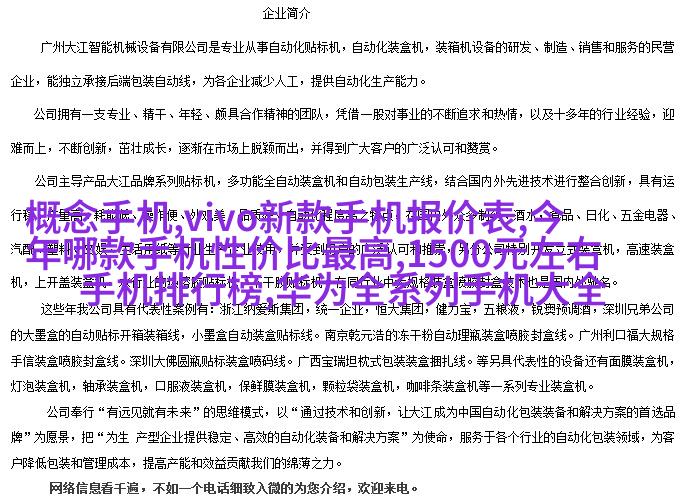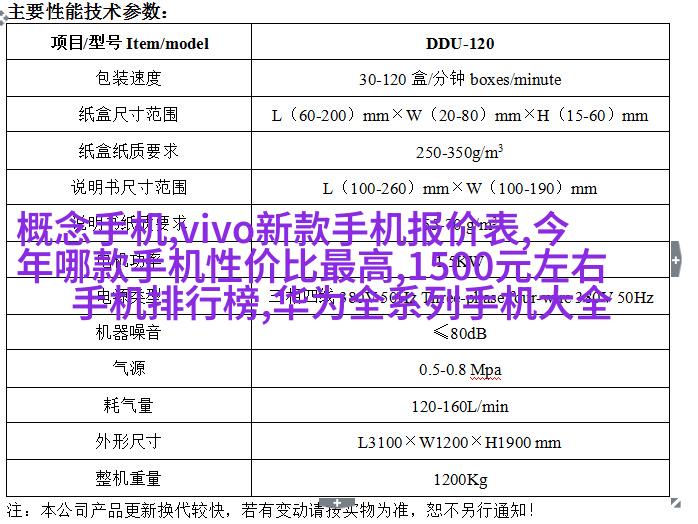大学实验室污水处理设备我是如何在实验室里解决污水问题的
在大学实验室工作的我,经常会面临一个棘手的问题,那就是如何处理和处置产生的污水。这些污水通常是化学试验或生物实验中产生的,它们不仅对环境有害,而且如果不恰当处理,还可能对实验室的人员健康造成威胁。

一开始,我也尝试过将这些污水直接排放到外面的雨沟或者下水道,但是这种做法是不正确且不可持续的。因为这些污水含有各种各样的化学物质和微生物,这些物质和微生物对于自然环境来说都是潜在的危险因素。
为了解决这个问题,我决定采取行动。我首先进行了大量研究,了解了一些大学实验室污水处理设备。这包括了油水分离器、活性炭滤网、生化池以及高效过滤系统等。通过学习,我发现每种设备都有其特定的作用和适用场景。

油水分离器能够有效地分离液体中的油脂,使得后续处理更加简单;活性炭滤网则能吸附很多有害化学物质,让它们无法进入生态系统;而生化池则是消化细菌帮助降解那些难以分解的废弃物;高效过滤系统则可以进一步清除剩余的悬浮固体和微粒。
armed with this knowledge, I proposed a plan to my lab mates and our university's environmental protection department. We decided to install an integrated system that combines all these devices.

The installation process was quite challenging, but with the help of professional engineers and technicians, we finally completed it. Now, every time we finish an experiment or test, we can easily pour the waste into the designated container. The device will then take care of it.
Thanks to this equipment, our laboratory has become much cleaner and safer for everyone involved. Moreover, we have also made significant contributions to protecting the environment by reducing pollution from industrial activities.

I am proud of what I've accomplished in solving this problem. It not only benefits my colleagues but also helps protect our planet for future generations.